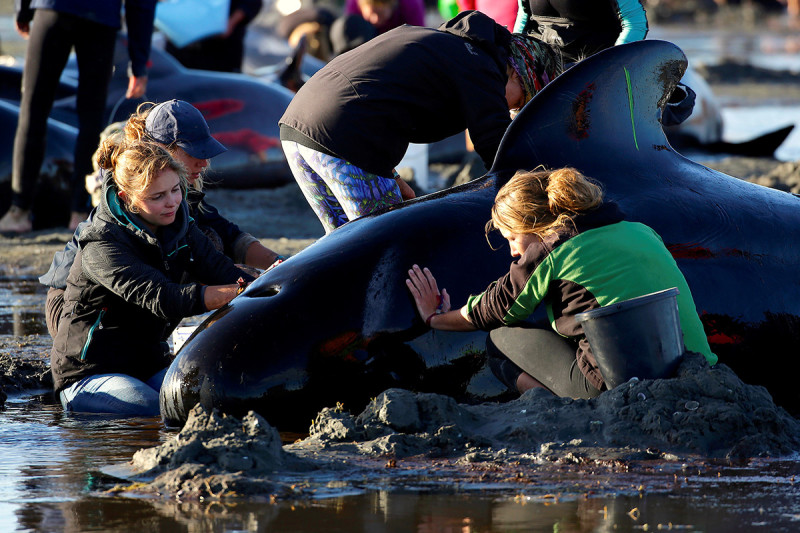 |
| Roses in the garden. |
Today, in this part of the world, it’s February 20th, my 69th birthday. Ouch! Big number. Then again, I have no complaints. I’m grateful to be celebrating a birthday and, of course, living this amazing life with my loving husband and travel companion.
Although we have no big plans for today (my choice), we’ll head out for a short drive to Geeveston to pick up a prescription from the doctor I recently visited for my intestinal issue.
 |
| Flower blooming on a zucchini plant. |
We’d canceled the dinner reservation we’d made for the 17th when eating has just not been enjoyable for me recently. So instead, Tom went fishing with our landlords that day, and we enjoyed the flathead for a few meals.
I’m trying a new low-carb recipe, Low Carb Cordon Blue Casserole, that I found at this site for tonight. We’ll report back tomorrow if it’s worthy of mention. Lately, to shake things up a bit, I’ve been trying one new recipe a week, making enough to last for at least two meals.
 |
| Not a perfect view of a sunrise, but some color is peeking through. |
If the recipe is great, I’ll save it in the recipe file on my desktop and in the cloud. If not, I give it the “heave-ho.” There is no point in taking up space on my computer for anything less than what we consider to be outrageously delicious.
Last year, when we spent my birthday living on the alpaca farm in New Zealand, I was so excited when Trish and Neil named the baby girl “Miss Jessica” after me. Unfortunately, they were gone for a few days, during which we enthusiastically agreed to observe any births in the event of any problems.
 |
| Huon River from the highway. |
All went well, and Miss Jessica was born while they were away. Naming her after me was such a joy. Please see the one year ago photo below and the included link for that post.
Am I disappointed we aren’t doing anything special today? Not at all. We both feel that every day of our lives is a cause for celebration; traveling the world; being together; living in the moment, and reveling in the future.
And being 69? Ah, who cares? Perhaps, living life on the move has made me more accepting of aging. There’s no room in my luggage for anti-aging creams and time-consuming face masks and treatments I may have used had we not traveled the world.
 |
| White sand beaches are common in Tasmania. |
Who knows? Maybe in my old life, I may have opted for a spot of Botox now and then to plump up my increasing lines and wrinkles. However, back in the US, I’d been invited to a Botox party but didn’t attend.
But now? How and where would a person go for “touch-ups?” In South America? Africa? No, thanks. Besides, I’ve let go of the concerns over aging, except regarding good health, the number one priority in our minds.
Age gracefully? Well, one can age “gracefully” (whatever that means), or they can age while complaining/whinging over the unavoidable ravages of time or, like some, spend thousands of dollars on cosmetic procedures to stall the inevitable.
 |
| The scene on a hazy morning. |
No doubt, I still fuss over a few “girlie” things in an attempt to look presentable, for me, by my standards. They’re easy, not costly, or time-consuming. I can purchase most products I use at any pharmacy throughout the world. But that’s just me and not necessarily for everyone.
Today, without any specific plans for the day, we’re celebrating every single moment. My sister Julie sent me an online birthday card in which she wrote, “Who gets to spend their birthday in Tasmania?”
So true. So grateful. So filled with a passion for life!
Happy day to all of YOU!
Photo from one year ago today, February 20, 2016:
 |
| There I was, one year ago on my birthday with my namesake, Miss Jessica, when she’s only a week old. For more photos of this birth we monitored while the farm owners were on holiday, please click here. |
































































































